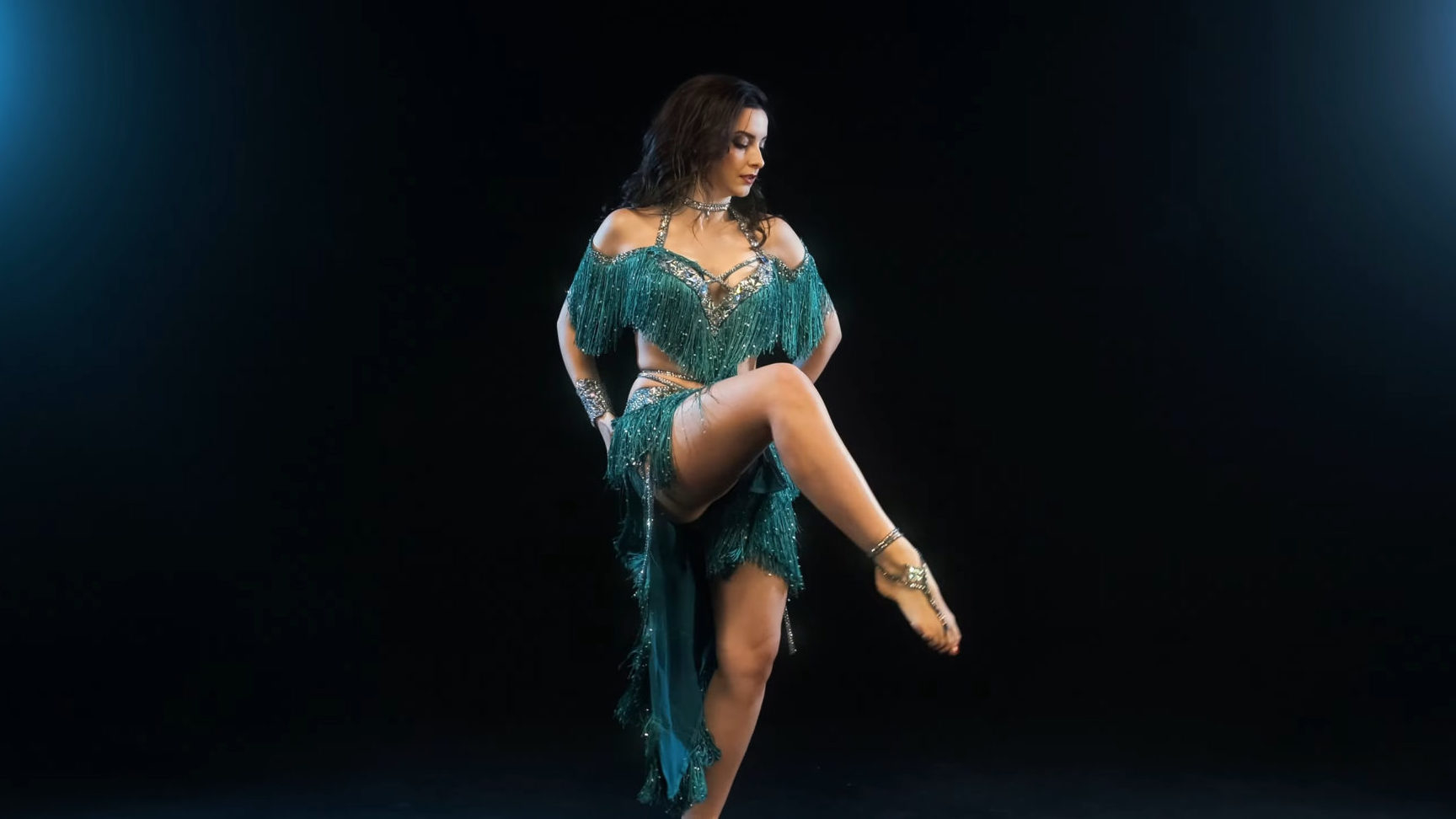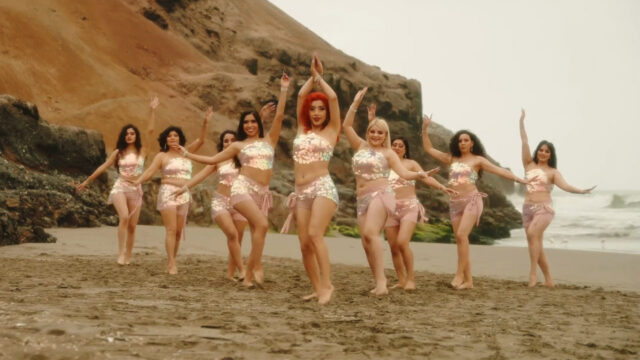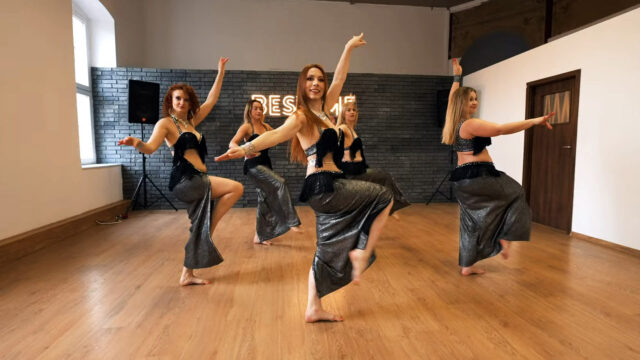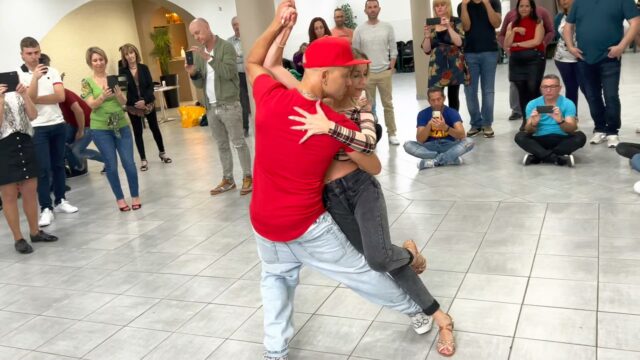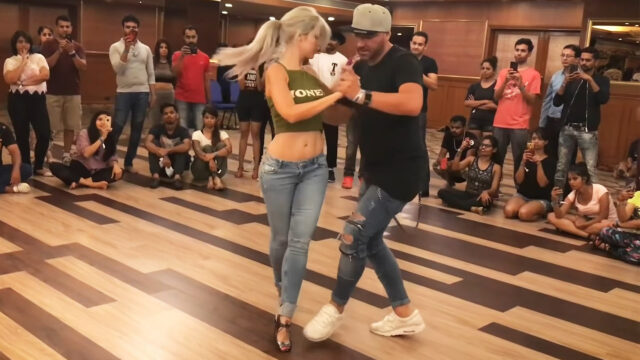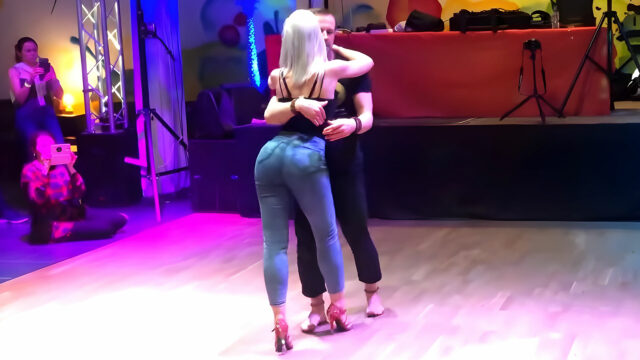Belly dancing can be absolutely mesmerising, as you can see in this video of Tetiana Tesliuk dancing to a drum solo. One of the most eye-catching movements in belly dance is the undulation or roll. Body isolation movements are common in other types of dancing but they are a key component of belly dance specifically.
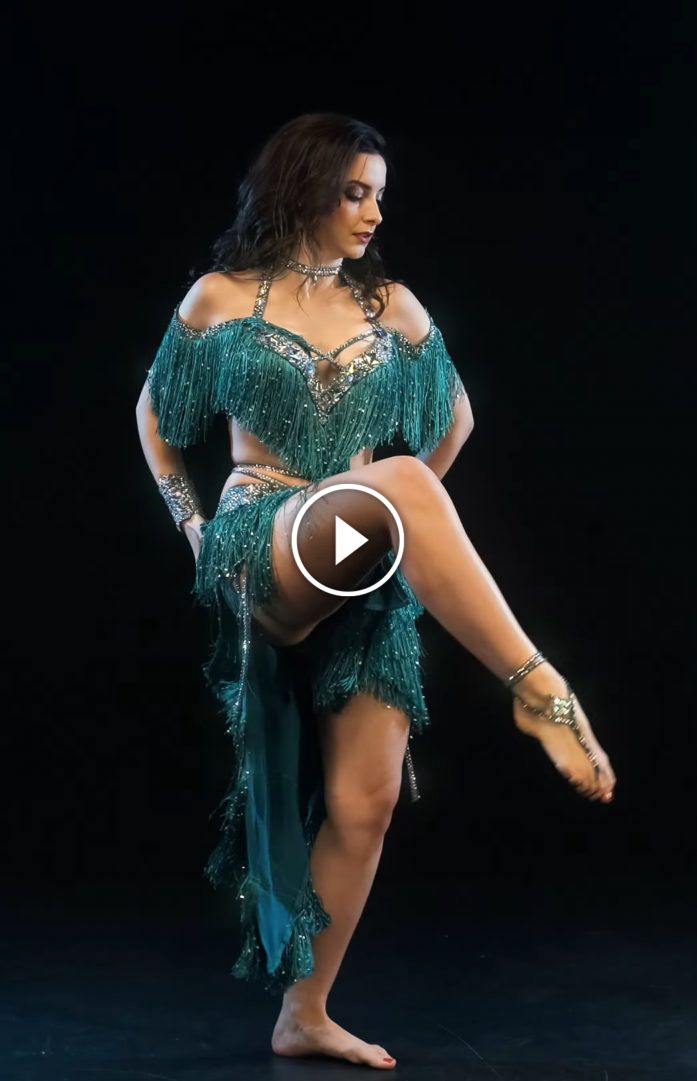
Body isolation movements, such as undulations, are a great way of training your body for dance. They involve isolating a single muscle or muscle group and moving it while keeping the surrounding muscles completely still. It is harder than it looks and it is very effective once you get the hang of it! Expert belly dancers are incredibly skilled at body isolation movements, the most famous being belly undulations and rolls (although you can make these types of movements elsewhere in your body as well).
- Yalla Habibi Beginner Belly Dance Choreography by Kathiedra
- Belly Dance Class as a High Intensity Workout: Is It That Good?
- The Mind-Body Connection of Belly Dance
You can think of undulation as a wave. When there are a series of linear muscles, like the abdominal muscles, you can create a wave effect by isolating and moving each muscle in turn. You start in one direction and then reverse the movement in the other direction. If you do this at a fast enough speed, it will create the rippling waves that are so characteristic of belly dancing.
Learning how to isolate and move each muscle in the first place is the biggest challenge. Most people are completely unaware of each individual muscle in the abdomen so finding each one and isolating it can feel almost impossible. So a lot of your training, in the beginning, will be focused on finding these muscles and strengthening them.
Your abdominal muscles can be separated into two groups: the upper abdominals and the lower abdominals. You will often start by placing a hand on your upper abdomen, just below your breasts, and another on your lower abdomen, just above your pelvis. Then you will learn to relax and tighten the upper abdominal muscles only. Keeping your hand on them is a tactile way of knowing when the muscles are tightening and is important because you may not have an internal feel for it straight away. It can sometimes be helpful to practice lying on your back at first.
Then you repeat the same process with your lower abdominal muscles. Once you have an idea of how it feels to tighten and relax these muscle groups independently, you can get started on learning how to undulate. And after that, you are well on your way to learning to belly dance!
If you enjoyed our today’s video, you are more than welcome to share it with your friends and let them know what you think about it. Also, consider checking out our most recent posts and stay in touch. Cheers!
